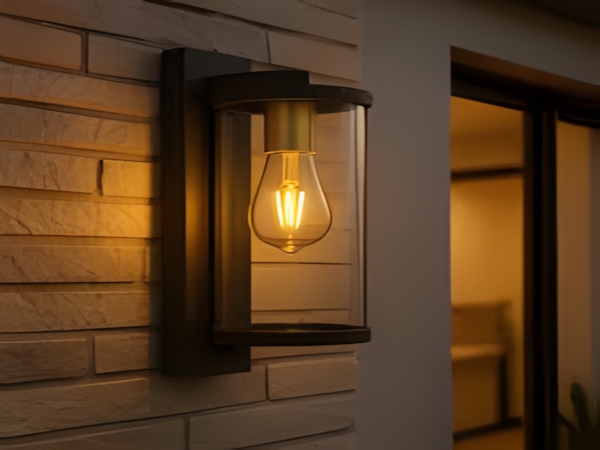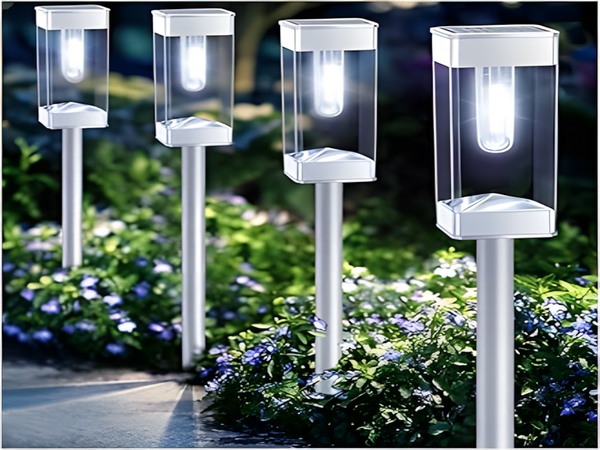

The emergence, application, and rapid promotion of solar street lights signify their high level of favorability. However, in practical applications, we often overlook the following four points:
1. Light decay, heat dissipation, and constant current. Due to the long lifespan of LED lights, and their ability to work at reduced power during certain nighttime segments, LED lamps are typically chosen for both solar street light illumination and general engineering projects. It is crucial to address the issues of heat dissipation and constant current for LED lights. Constant current can be achieved through an additional constant current driver or by using a controller for constant current. For heat dissipation, aluminum plates are essential, and adding copper sheets or copper pipes underneath the aluminum plate can enhance heat dissipation and maintain a proper temperature, thereby extending the lifespan of the LEDs.

2. Theft prevention. In remote areas, it is important to pay attention to theft prevention measures. Many contractors neglect effective theft prevention during construction, resulting in the theft of solar LED street light batteries and solar panels, which not only hampers normal lighting but also causes unnecessary property losses. Therefore, we can bury the batteries of solar LED street lights underground with concrete, which serves not only as an effective theft prevention measure but also helps maintain a stable temperature. Installing a battery box on the lamp post that is welded for reinforcement is also recommended.
3. Choosing the right controller for solar LED street lights. The selection of controllers is often overlooked by contractors. The quality of controllers varies greatly, with market prices for a 12V/10A controller ranging from around 100 to 200 yuan. While this is a small part of the overall street light system’s value, it plays a critical role. The quality of the controller directly impacts the lifespan of the solar LED street light system’s components as well as the overall procurement costs of the system.
4. Do not compromise on configuration. In various practical applications of solar LED street lights, many installations do not meet normal lighting requirements, especially during extended periods of overcast weather and in winter when sunlight is insufficient. This is often due to the use of lower quality components and the tendency to reduce component costs without adhering to the design requirements, such as downsizing solar panels and lowering the standards for solar LED street lights. This ultimately leads to the inability to provide lighting during rainy days, hence we should not compromise on configurations.
Solar street light manufacturers professionally provide solutions for municipal and rural lighting. The quality of solar street lights and their pricing are available for consultation.



